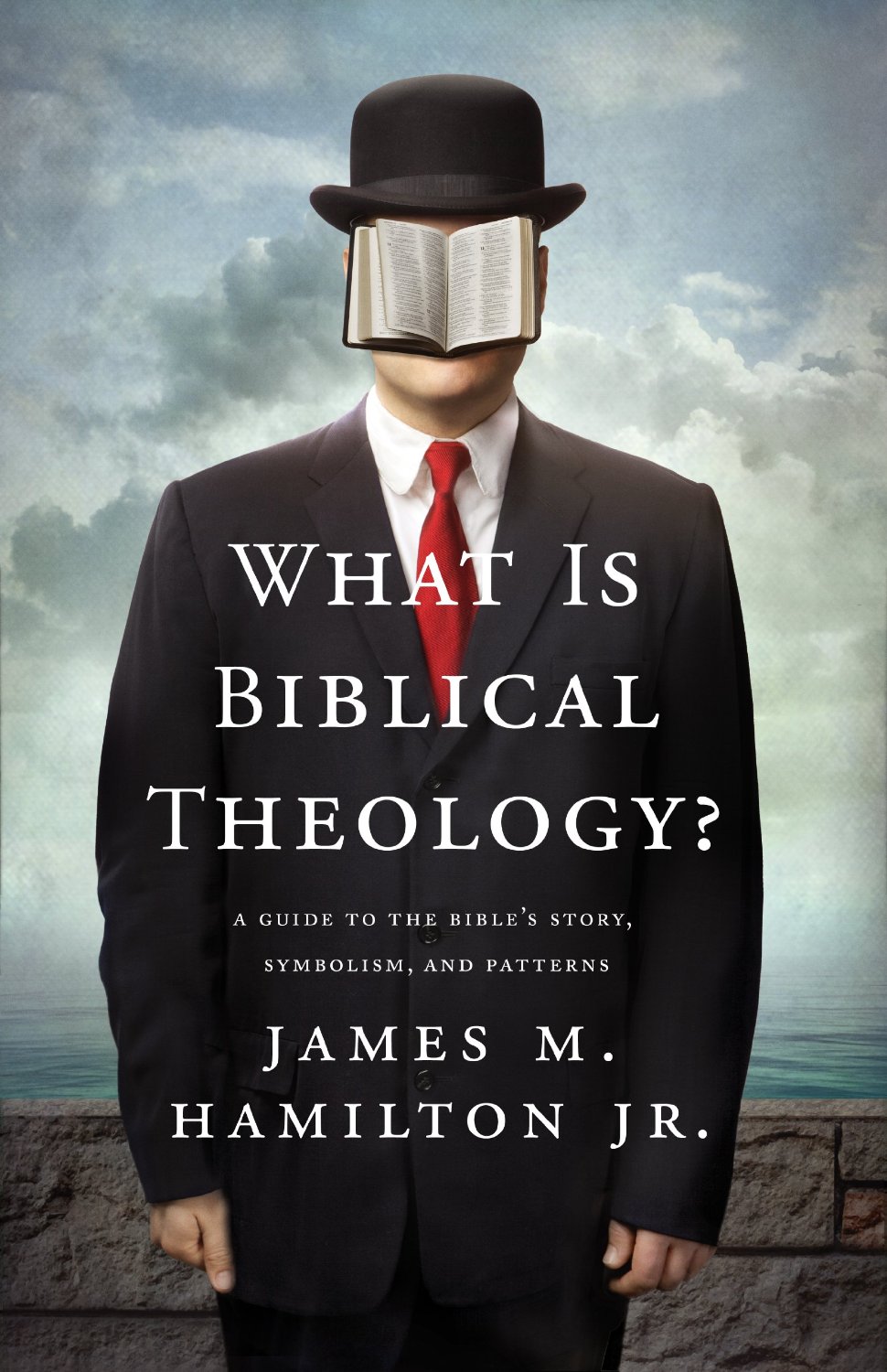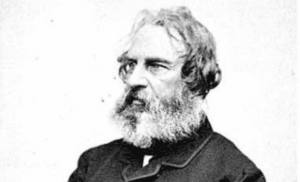“Does your story enable you to look death in the face?”
The question is simple yet profound. When all of the props of this world have been removed, will you stand, or will you collapse under pressure? James Hamilton writes this little volume, What Is Biblical Theology?: A Guide to the Bible’s Story, Symbolism, and Patterns, so that when you stare death in the face you will stand with Paul and declare, “My desire is to depart and be with Christ, for that is far better!” (Phil. 1:23). This sort of resolve is forged in the fires of Scripture; it comes from seeing oneself as part of a much bigger story, a grand story about the glory of God. Hamilton’s goal is to help you understand this story so that you can immerse yourself within it. The task of understanding the grand storyline of Scripture is the task of biblical theology.
Hamilton defines biblical theology as “understanding and embracing the worldview of the biblical authors,” by which he means that the writers of Scripture have a framework through which they interpret and describe the world and the events taking place within it (15). This interpretive framework is informed by earlier Scriptures familiar to the biblical authors. The writers often assume associations and connections between truths and events; while at times these connections are explicit, they are more often subtle and implied. It is the task of biblical theology to expose those assumed connections. This short book does so masterfully.
Setting of the Story
In the first part of the book Hamilton, associate professor of biblical theology at Southern Seminary, explains the Bible’s storyline by looking at its setting, characters, and plot. The setting of the story is this world, but it is more than meets the eye. This world is the stage on which the glory of God is seen, known, and enjoyed. Hamilton explains the setting of the Bible’s story as “God’s cosmic temple,” whose gravitational pull on this world is the glory of God seen primarily through judgment and salvation (28). If the world is a stage for showcasing God’s glory, then who are the characters? We are not the primary characters in the Bible’s grand story, as Hamilton quickly and graciously reminds us. He writes, “The triune God is the protagonist of this cosmic drama, with Satan as the antagonist” (29). It is good to be reminded that the story is bigger than ourselves, that the world doesn’t revolve around us. We are extras in the background. God’s fame is creation’s central focus, and our role in the story depends on whether we’re seed of the woman or seed of the serpent.

What Is Biblical Theology?: A Guide to the Bible’s Story, Symbolism, and Patterns
James M. Hamilton Jr.
What Is Biblical Theology?: A Guide to the Bible’s Story, Symbolism, and Patterns
James M. Hamilton Jr.
In the second part of the book Hamilton considers various ways the biblical authors use symbolism, imagery, patterns, and typological connections to summarize, connect, and interpret the scriptural story. This section of What Is Biblical Theology? is invaluable. Hamilton’s observations reveal his acuity as a scholar and his heart as a pastor. In each of these chapters he provides a clear explanation of the differences between typology, imagery, patterns, and so on. Then he shows how the biblical authors use them in myriad ways to summarize and connect various events, institutions, and patterns in Scripture. Not only does Hamilton explain how the biblical authors use various interpretive devices to connect Scripture, he also applies these truths to his readers. “Biblical symbols are given to us to shape our understanding of how we are to live,” he writes. “Jesus is our paradigm, our pattern, our example. The symbols summarize and interpret the story, and they inform who we are in the story and how we are to enact our role in the outworking of its plot” (90).
What Is Biblical Theology? concludes with a section on how the church ought to see herself in light of biblical theology. Understanding and embracing the interpretive perspective of the biblical authors helps the church to understand who she is and how she’ll continue to grow. After examining the various metaphors Scripture uses to describe the church (e.g., family, temple, sheep, and body of Christ), Hamilton shows how the church ought to see herself in light of the grand storyline of Scripture.
Benefit of Brevity
Without question, the greatest benefit of this book is its brevity. Many works on biblical theology are daunting and intimidating to the average reader. Most demand an implicit amount of understanding in order to grasp what the author is saying. However, What Is Biblical Theology? is as clear as it is succinct. Hamilton has an ability to clearly explain biblical theology and how a Christian interacts with it without being verbose. That said, this book is not merely profitable for explanation; it is also meant to be applied. Indeed, he writes, “I hope that you will adopt the perspective of the biblical authors and that you will read the world from the Bible’s perspective, rather than reading the Bible from the world’s” (23).
Last, What Is Biblical Theology? is timely in at least two ways. First, many fine works on biblical theology have been recently published for the benefit of the church (see Hamilton’s recommendations on pp. 117-118). While some of these are more accessible than others, they all contain important contributions to the subject of biblical theology. Hamilton’s book will serve as a great introduction to the conversation for anyone interested in growing in their understanding of the Bible’s grand story. Second, and more importantly, we’re nearing that time of year when believers redouble their efforts to read through Scripture in a year. Use Hamilton’s observations and passion for the Word of God to fuel your own. Read this book during the holidays, so that when the new year rolls around you can resolve to get out of this world and into another, the world of the Bible, where the glory of God stands at the center.




























